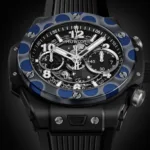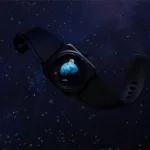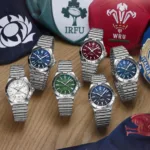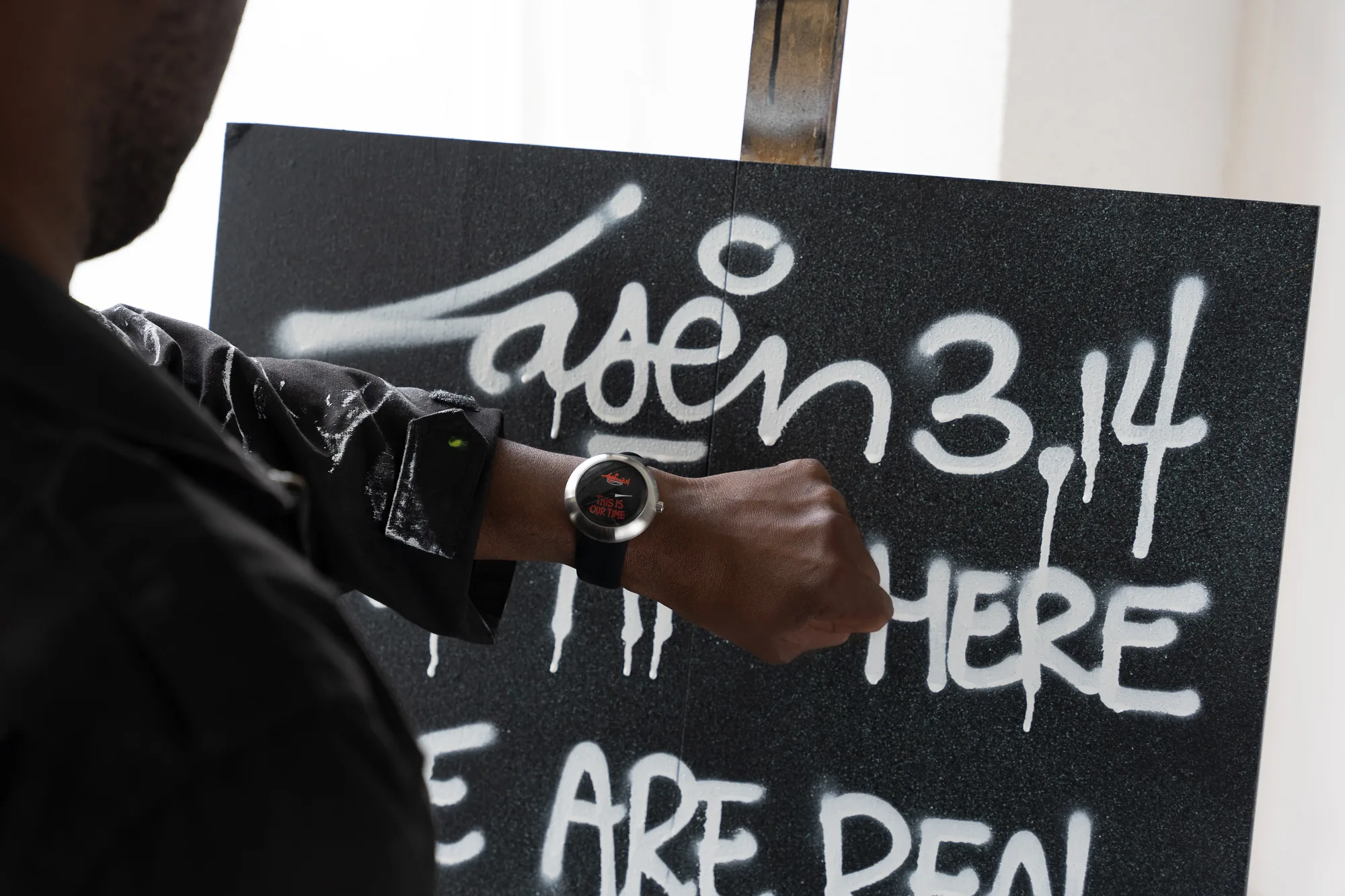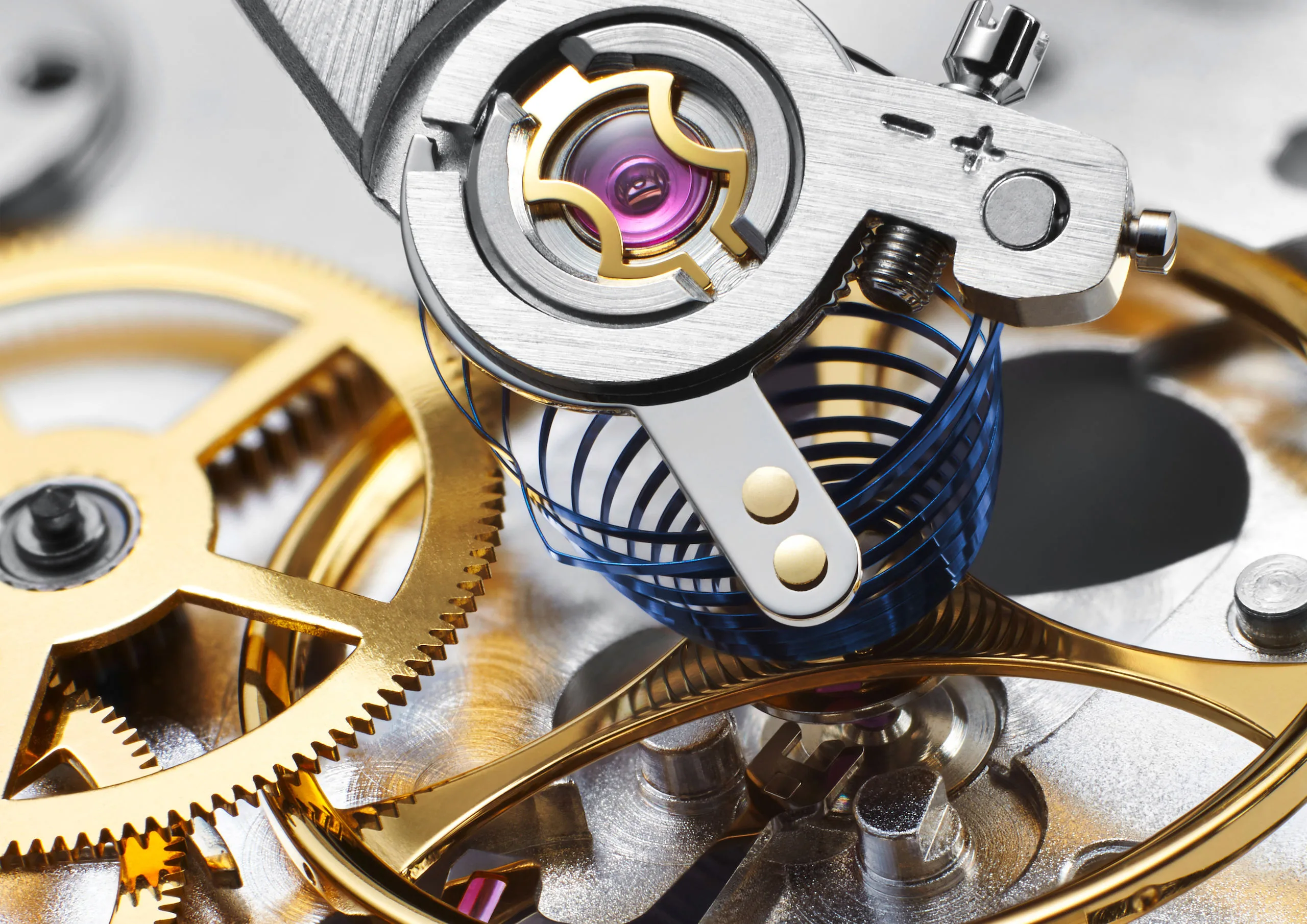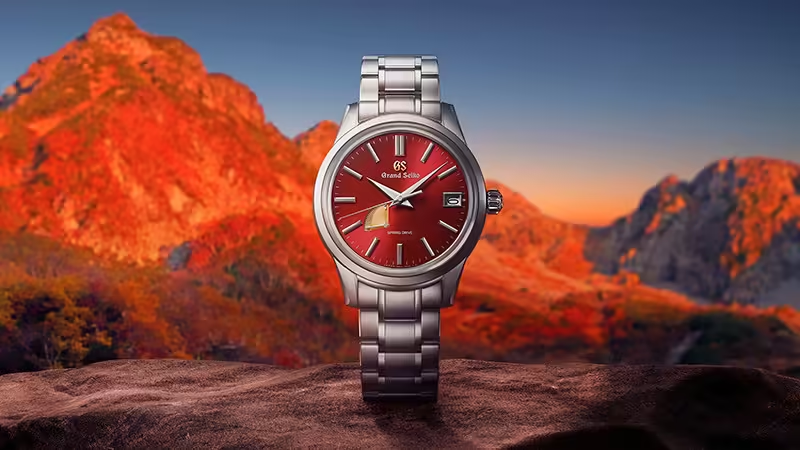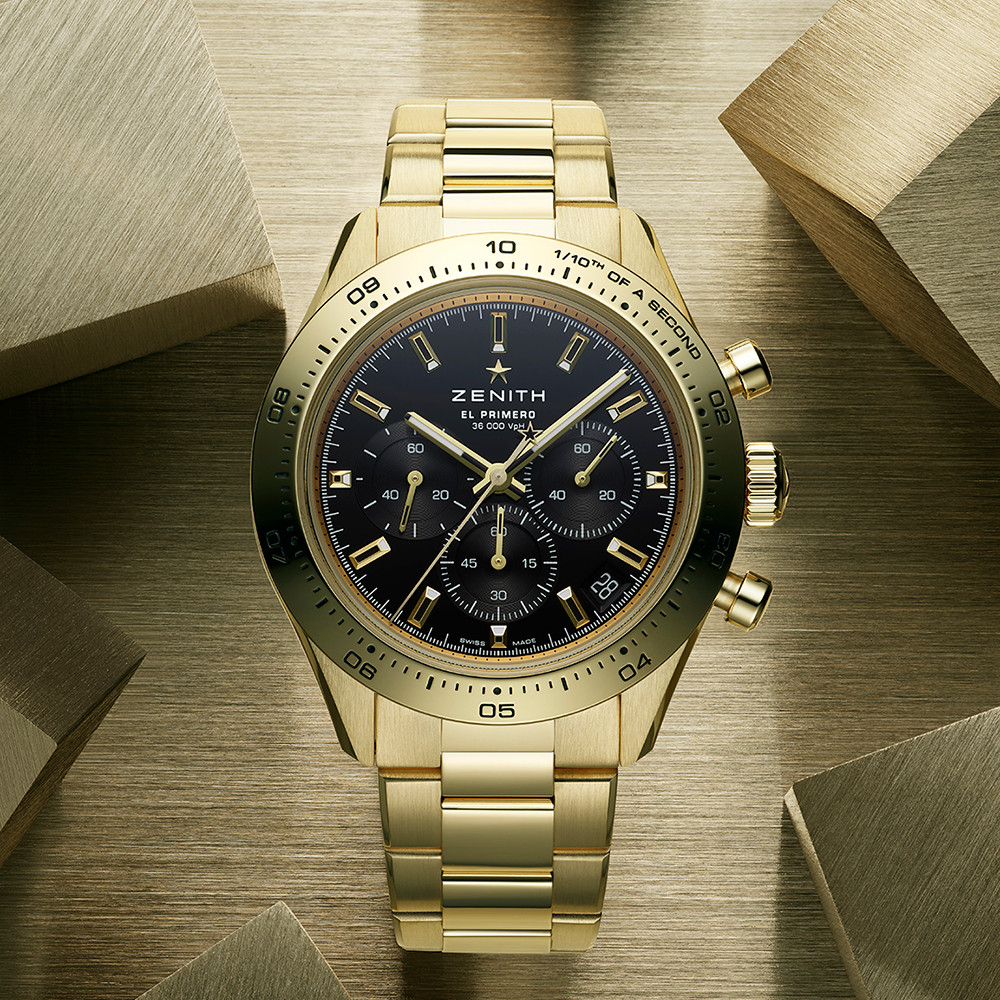In today’s competitive auction market, the pursuit of well-documented and established provenance holds significant significance. It not only provides assurance of authenticity but also bestows a sense of historical authenticity. In numerous instances, these timepieces serve as testaments to the bravery and exceptional journeys of remarkable individuals. Antiquorum is privileged to announce that in its upcoming November auction in Geneva, it will feature two exquisite and exceedingly rare wristwatches, each distinguished by its exceptional ownership history: one formerly owned by Dr. Gabriel Chevalley and the other by Mr. Dominique Appia.
TO BE PRESENTED IN GENEVA NOVEMBER AUCTION 2023
Preview : November 1st – 5th
Opening hours : 10AM – 6PM
Antiquorum Genève SA
3 rue du Mont-Blanc
1201 Genève
Auction : November 5th
Sunday November 5th at 10AM – 1st session
Sunday November 5th at 2PM – 2nd session
Hôtel Beau-Rivage – Salon de l’Impératrice
13 Quai du Mont-Blanc
1201 Genève
Rolex 6098 Former property of Doctor Gabriel Chevalley (1918-1990)
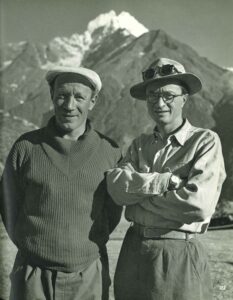
Dr. Gabriel Chevalley:
Gabriel Chevalley is a remarkable figure who not only witnessed nearly a century of history but also played an active role in shaping it through his actions.
Born in Bex in 1918, he was the son of the director of the salt mines at Salines de Bex. His passion for mountaineering ignited at a young age; by the age of fifteen, he was already scaling formidable peaks like the “Bloc Monstre” and the “Pierre Bessa,” not far from his family home. He also conquered the Dents de Morcle (2969m). After his studies at the College de Saint Maurice, during which he developed a close friendship with the writer Maurice Chappaz, he joined the Swiss army during World War II. During this period, he served for 509 days, combining his medical studies with his love for mountain climbing. He successfully ascended peaks like the Weisshorn and Bietschorn, among many others. Notably, in 1950, he embarked on his first Himalayan expedition, reaching the summit of Abi Garmin (7355m) with his fellow climbers Dittert, Tissieres, and Berril.
In 1948, he joined the International Committee for the Red Cross (ICRC), working as a doctor first in Lebanon and then in Pakistan.
Dr. Chevalley played a pivotal role in the Swiss expeditions to Mount Everest in 1952, participating in both the spring and autumn attempts. Until 1951, foreign climbers were not permitted to ascend the mountain, but in 1952, the Tibetan government granted the Swiss the opportunity to make the historic climb. As a member of the spring expedition, he risked his life to help evacuate the South Col. One remarkable event documented in his diary was the life-saving operation he performed at 6000m on Sherpa Ang Norbu, who had a neck tumor. With ingenuity, he fashioned an operating table using six crates, sedated the patient, and successfully removed the tumor, closing the wound. Remarkably, the Sherpa was back on his feet the next day.
In his role as the leader of the second expedition, Dr. Chevalley bore heavy responsibilities during a challenging period of waiting in the midst of winter storms. Ultimately, it was the Swiss team’s discovery of maps and routes, along with the invaluable contributions of the Sherpas, that paved the way for the historic 1953 British expedition led by Hillary and Norgay. A telegram from the British expedition to the Swiss team after their successful conquest of Everest acknowledged their significant role with the now-legendary phrase: “To you goes half the glory.”
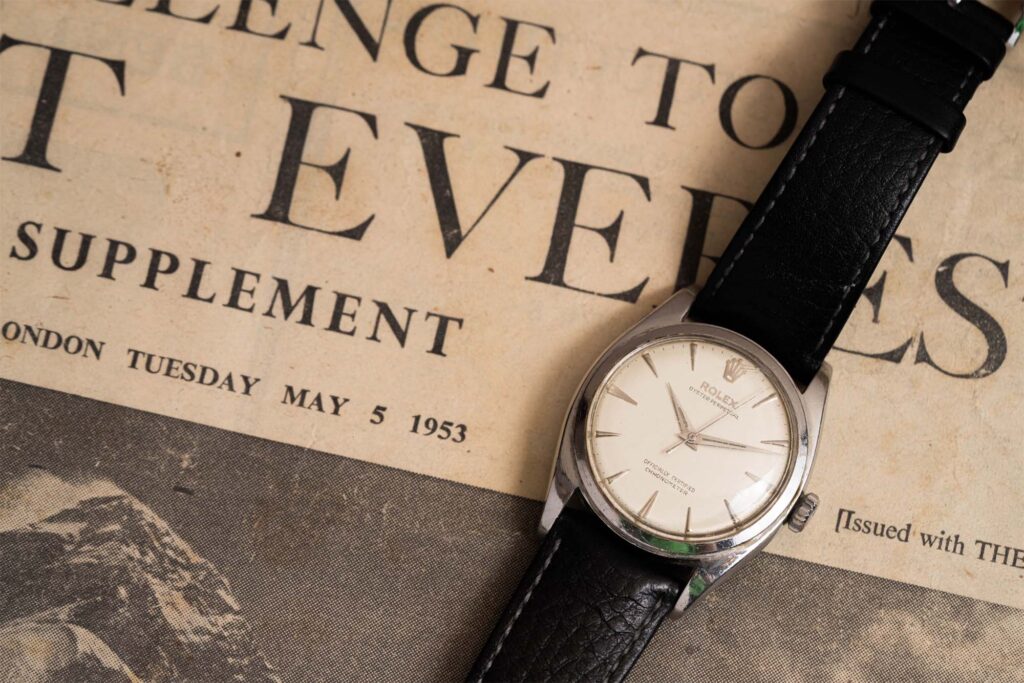
Rolex Ref. 6098, serial 846218
He received this Rolex reference 6098 as a token of appreciation from the watch manufacturer for his significant contributions to these historic expeditions. According to a Rolex advertisement published in 1953 in the Swiss Foundation for Alpine Research (accompanying the watch), Rolex provided 15 Rolex chronometers to support the early 1952 Everest attempts by English, French, and Swiss expeditions. These chronometers are now identified as references 6098, as confirmed by a Rolex letter. There are no records of these watches being associated with any other expeditions aside from the Swiss team. It is highly likely that all 15 (or possibly fewer) reference 6098 watches were exclusively given to climbers, and not all team members wore them.
Interestingly, it is now known that most climbers wore two watches, one on each wrist, to rigorously test them during the expedition, as evidenced in some photographs. Furthermore, through conversations with former family members, it has come to light that Rolex equipped their wristwatches with two different types of oil, specifically for testing under extreme conditions.
Remarkably, the family has preserved the letter they received from Rolex in 1953, confirming the return of both watches used during the expedition, as agreed (indicated by stamps A7 and B7). It’s worth noting that Norman Dyrenfurth, the filmmaker of the 1952 fall expedition, had a similar example marked as B6.
Following the expedition, Dr. Chevalley worked at various hospitals, including Loeche les Bains, Hospital Nestle, and Lavey-les Bains. In 1958, he established his own medical practice in Bex, where he served the community and resided until his retirement.
Rolex 6098 Former property of Alberto Parodi (1907-1999)
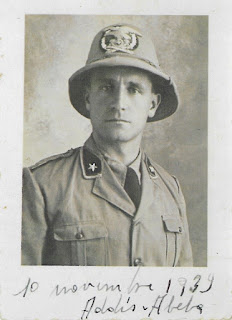
The 1952 Peruvian Andes Expedition
Same tale, different continent! This Rolex was bestowed upon Peruvian geologist Alberto Parodi in recognition of his triumphant ascent of Solimana (6323m) in 1952.
Born in 1907 in Puno, a town nestled along the shores of Lake Titicaca in Peru, Alberto Parodi’s journey began when his family relocated to Italy under the guidance of Father Costantino. Alberto pursued his education at the “San Carlos” college in Puno, and at the age of 20, he returned to Italy to study geology at the Milan Polytechnic.
Upon completing his studies, he remained in Italy, emerging as a respected geologist. On October 14, 1937, he commenced his tenure with S.A.P.I.E., signing an open-ended contract. He embarked on an expedition to Jubdo, Ethiopia, arriving on January 6, 1938, where he assumed leadership of geo-mining exploration. Accompanying him was the young graduate Alfredo Pollini, who joined him in geological and mining research.
Alberto and Alfredo delved into alluvial prospecting of the Kapi hill and the revival of the abandoned Tullu Kapi mine. Their exploration extended to the alluvial terrains of the Bir-Bir river basin and its left tributaries near Jubdo. Similar investigations were conducted within the catchment basin of the Uva and Kobara rivers, which are the right tributaries of the Bir-Bir.
On October 15, 1939, Alberto was summoned back to the officers’ school in Addis Ababa for military training, which he had previously been unable to complete due to study and work commitments. After finishing the officer cadet course, he was redeployed to war as a Second Lieutenant in the mountain artillery within the 140th battery of the LXXth Colonial Artillery Group, under the 70th Brigade.
He took part in the Somaliland campaign, and in March 1941, after attempting to retreat, he was forced to surrender. On April 19, 1941, Alberto was captured in Dire Dawa and interned in Eldoret (Camp 356) in Kenya (P.O.W. 9592), alongside his colleagues Alfredo Pollini, Mario Maschio, Pasquale Zugno, and Giuseppe Puliga.
Upon returning home at the end of 1946, he reunited with Professor Eugenia Tamini (a biologist at the University of Milan), his fiancée who had patiently waited for him. In 1947, grappling with the post-war employment crisis in Italy, he made the decision to return to Peru, where he eventually became a university professor at San Agustín University in Arequipa. Specializing in Structural Geology and Volcanology, he also served as the Director of the School of Geology at the university. His wife, Eugenia, also held a teaching position at the same institution, teaching Comparative Anatomy and Microbiology.
In the summer of 1952, Alberto joined an international expedition to the Andes led by the renowned Italian climber Piero Ghiglione. The expedition, which included Austrian alpinist Mathias Rebitsch, Swedish climber Anders Bolinder, and Peruvian geologist Alberto Parodi, embarked on extensive mountain exploration in the Andes of Southern Peru. Their remarkable journey is chronicled in “The Mountain World,” published in 1953 by the Swiss Foundation of Alpine Exploration.
On June 2, 1965, Alberto was honored as an Official Knight of Merit of the Italian Republic, a recognition bestowed upon him by the Italian Republic with the signatures of Saragat and Moro.
Between 1955 and 1965, in collaboration with Italian mountaineers such as Piero Gillon and Mario Fantin, he successfully scaled at least 20 volcanoes for his research endeavors. Even in his later years, when his vision had significantly declined, he authored a work on Lake Titicaca, the very place of his birth in Puno. Alberto served as an international consultant for numerous hydroelectric projects and represented Peru at the Smithsonian Institute of Volcanology, presenting numerous projects related to geothermal energy until his passing in 1999.
For more information, please visit Antiquorum.swiss.
